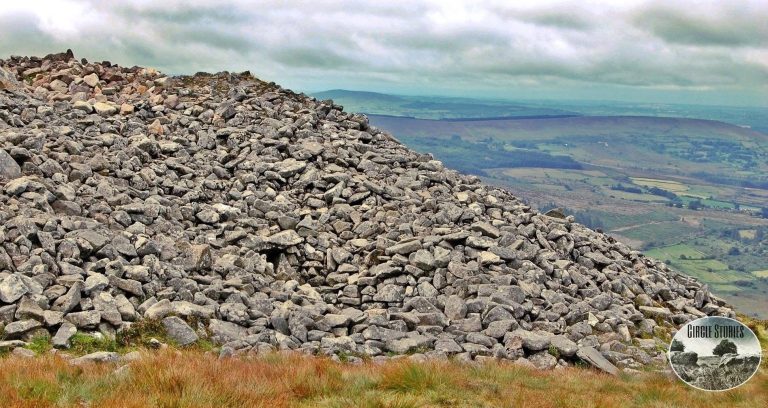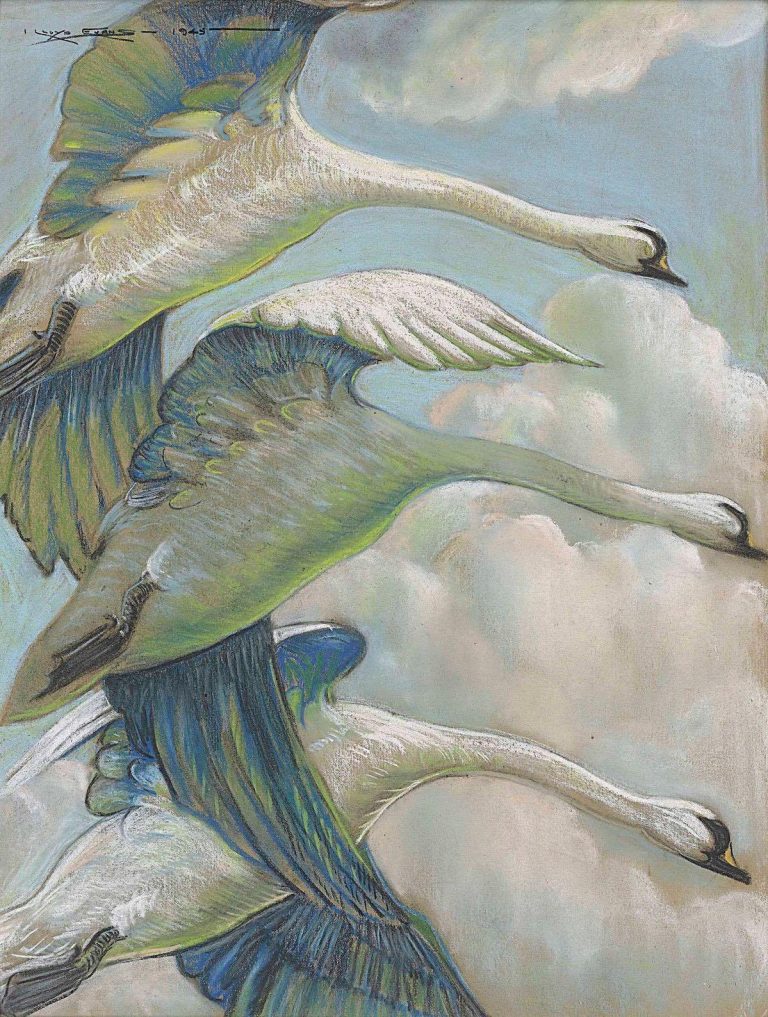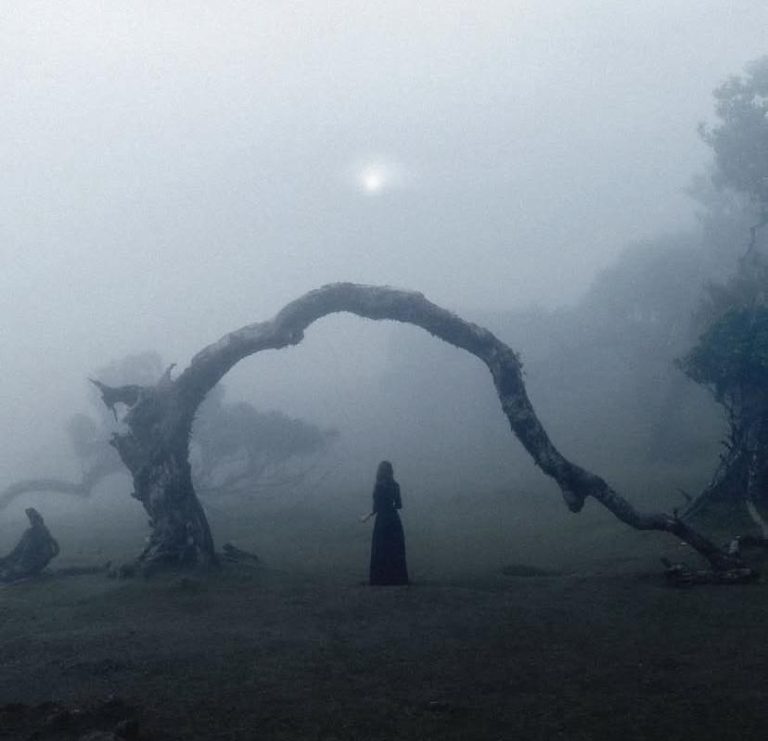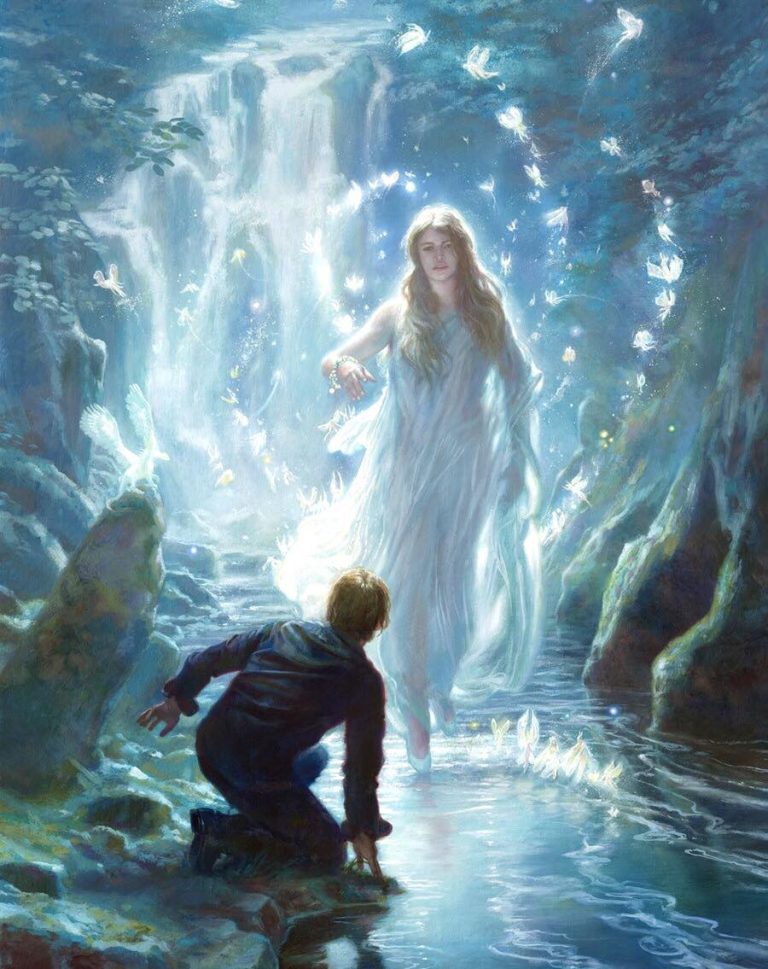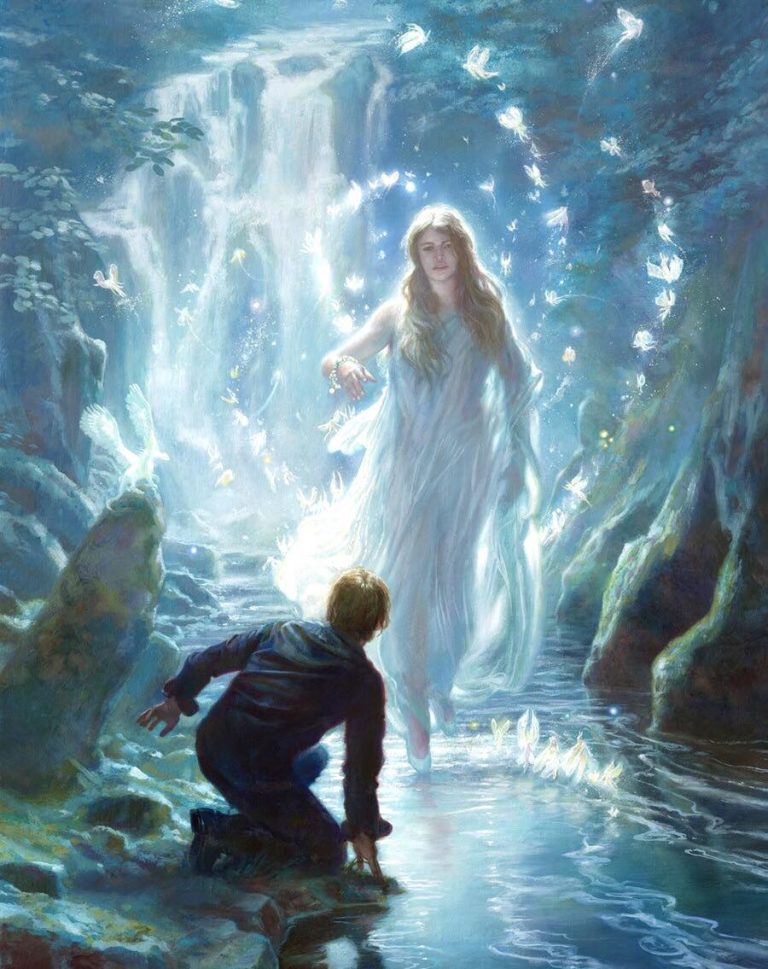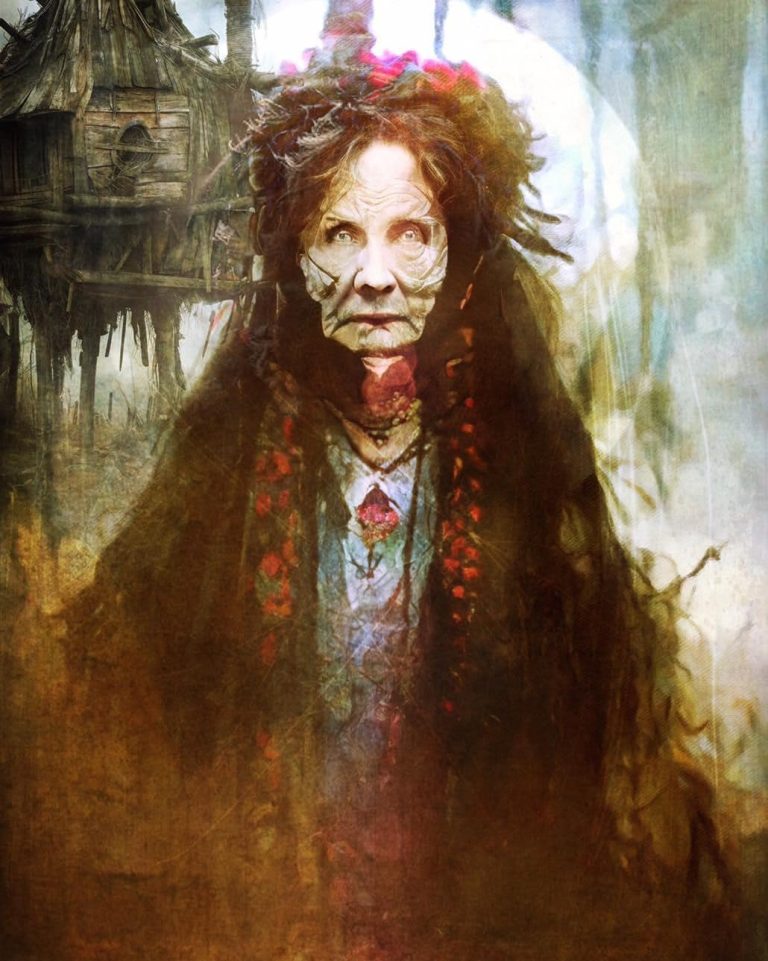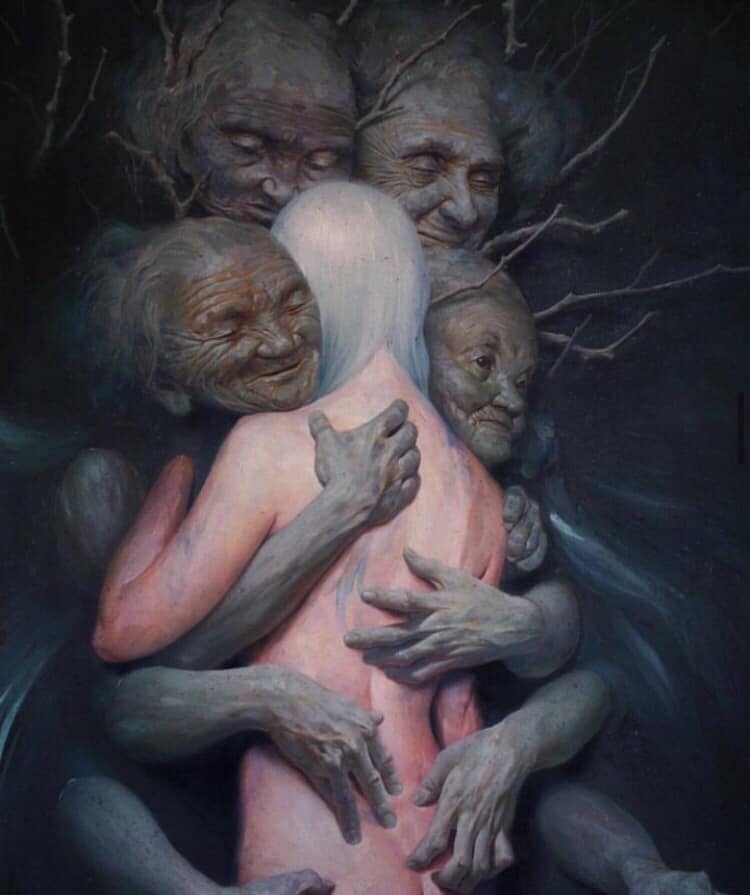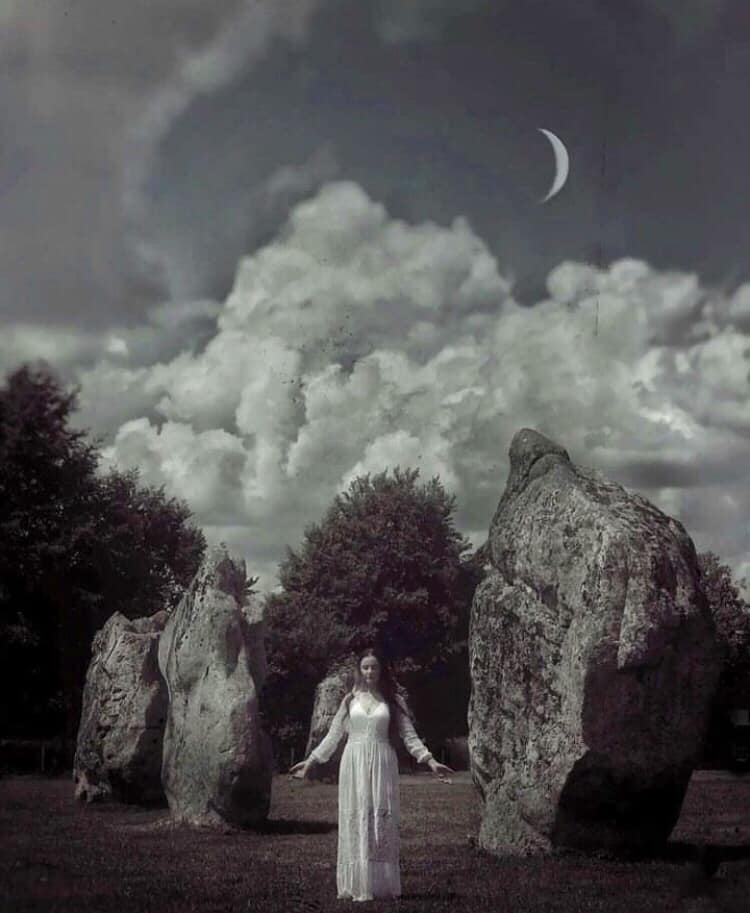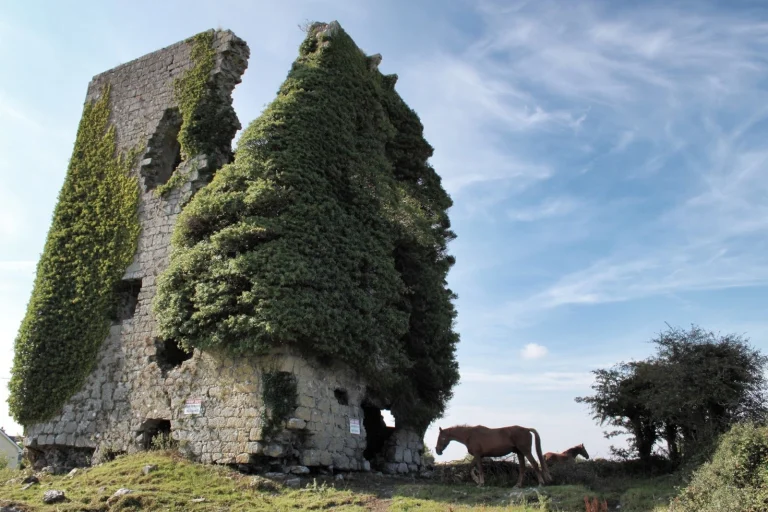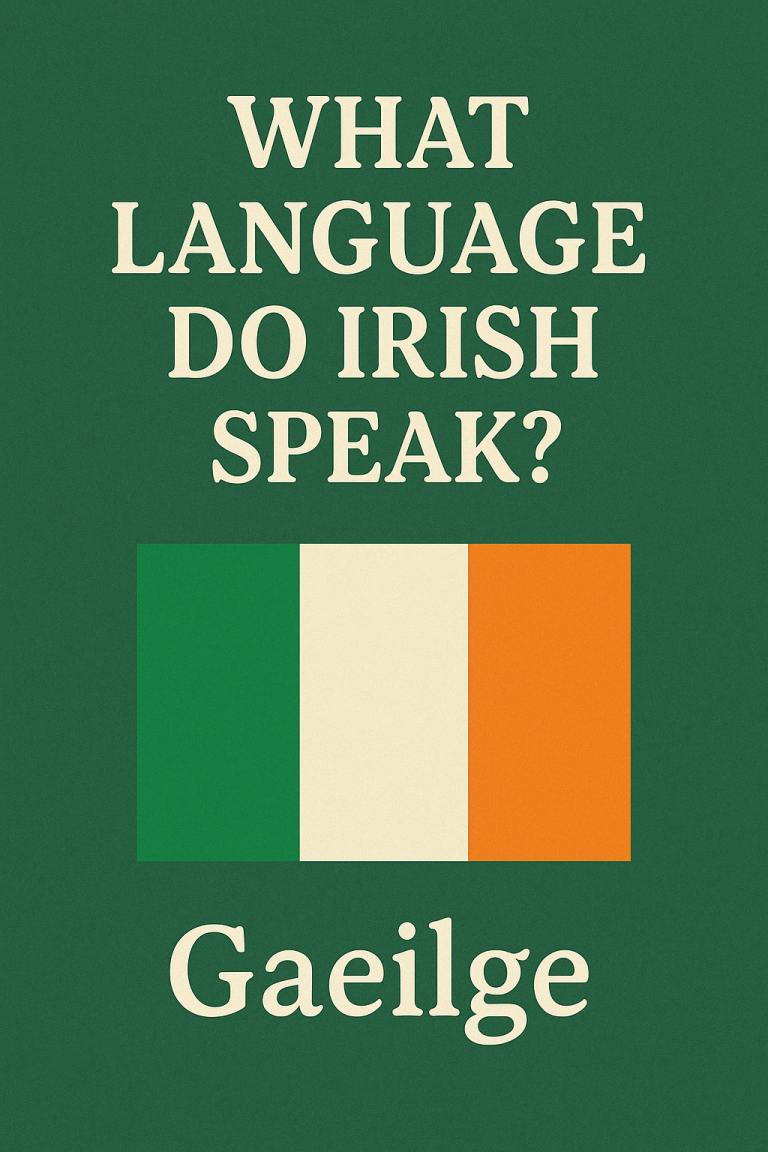As a child on a school trip to a stately home, I stood among manicured gardens and...
David Halpin (Circle Stories)
This captivating tale, drawn from the Irish folklore archives, echoes the symbolism and archetypes found in well-known...
The Ancient Art of Keening: Ireland’s Mourning Tradition “Bríg came and keened for her son. At first...
For this piece I wanted to open the door on the social pressures and, indeed, stigma, regarding...
I once read a novel in which the wisest character in the story was approaching the end...
In his essay, Reconnecting To Everything, Professor Ronald Hutton argues that “…fairy narratives serve to re-enchant the...
(C.) David Halpin. Summer feels very far away now, and looking back on my photos of warm...
(C.) David Halpin I recently finished Andrew Micheal Hurley’s excellent folklore novel, Starve Acre. Without spoilers, the...
(C.) David Halpin https://www.facebook.com/CircleStoriesDavidHalpin Recently, there has been an argument put forward that Irish folklore does not...
(C.) David Halpin Circle Stories The astronomical cross-quarter will occur here in the Northern Hemisphere on Tuesday,...
